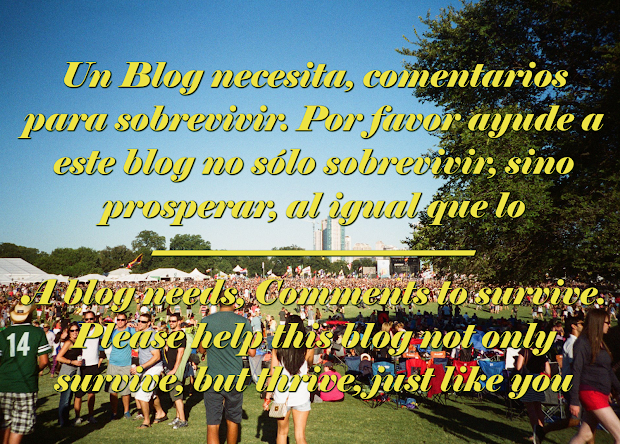A short history on the origin of elves. I would love to hear your thoughts, Thank you
The origin of elves
Here's how these little people have evolved.
"They look like us, they live like us — at least in the older materials — and probably, nowadays, if they're living anywhere, they're living between floors in flats [apartments]," Gunnell told LiveScience, referring to the notion of an invisible, parallel world inhabited by álfar— the friendly neighbors who live between the seventh and eighth floors.
"The land is alive, and really, the hidden people are a personification of a very living landscape that you have to show respect for, that you can't really defeat," Gunnell said. "You have to work with it." [Top 10 Beasts and Dragons: How Reality Made Myth]
Elves evolve
Scandinavians and Celts weren't the only Europeans who used unseen, supernatural species as symbols of the wilds surrounding them. Farther south, Germans believed in dwarves and little sprites called kobolds. Scots had house spirits called brownies.
Elves became part of this mythological mix throughout the first millennium A.D., according to Alaric Hall, a lecturer at the University of Leeds who penned an entry on elves for the upcoming "Ashgate Encyclopedia of Literary and Cinematic Monsters" (Ashgate, 2014). The word "elf" derives from the ancestor language of German, English and today's Scandinavian languages, Hall wrote, and the first written references to them come from church texts starting around A.D. 500.
"Of Cain awoke all that woful breed,
Etins and elves and evil-spirits,
as well as the giants that warred with God."
These religious references reveal the clash and melding of folk beliefs and new religion as Christianity crept into Europe. In different tales at different times, elves alternated between good and bad, Hall wrote. They could deliver babies safely through a difficult labor — or steal away a human baby and replace it with a sickly and deformed changeling. Elves, known as alp in German, could cause nightmares (Alpdrück), perhaps similar to other mythology surrounding the scary experience of sleep paralysis. Nevertheless, elves were probably still considered human-size, rather than diminutive, Hall wrote.
____________________________
From myth to Christmas
"Note!" nobody really knows what a Christmas elf looks like until I got this snapshot of them while walking in the woods one day. They had lost their way and were looking to find their way back to Santa's house 

With the elf-Christmas link established, other writers began to get creative with the idea. In 1857, Harper's Weekly published a poem called "The Wonders of Santa Claus," which tells how Santa "keeps a great many elves at work/ All working with all their might/ To make a million of pretty things/ Cakes, sugar-plums, and toys/ To fill the stockings, hung up you know/ By the little girls and boys."
The idea caught on. In 1922, famed artist Norman Rockwell released a painting of an exhausted Santa surrounded by tiny, industrious elves, trying to get a dollhouse finished in time for Christmas. A 1932 short movie by Disney called "Santa's Workshop" showed bearded, blue-clad elves singing, prepping Santa's sleigh, brushing reindeer teeth and helping Santa with the naughty/nice list. "Molly seems to be OK; she eats her spinach every day," an elf rhymes, before nixing another child's ambitious list because he doesn't wash behind his ears.






No comments :
Post a Comment